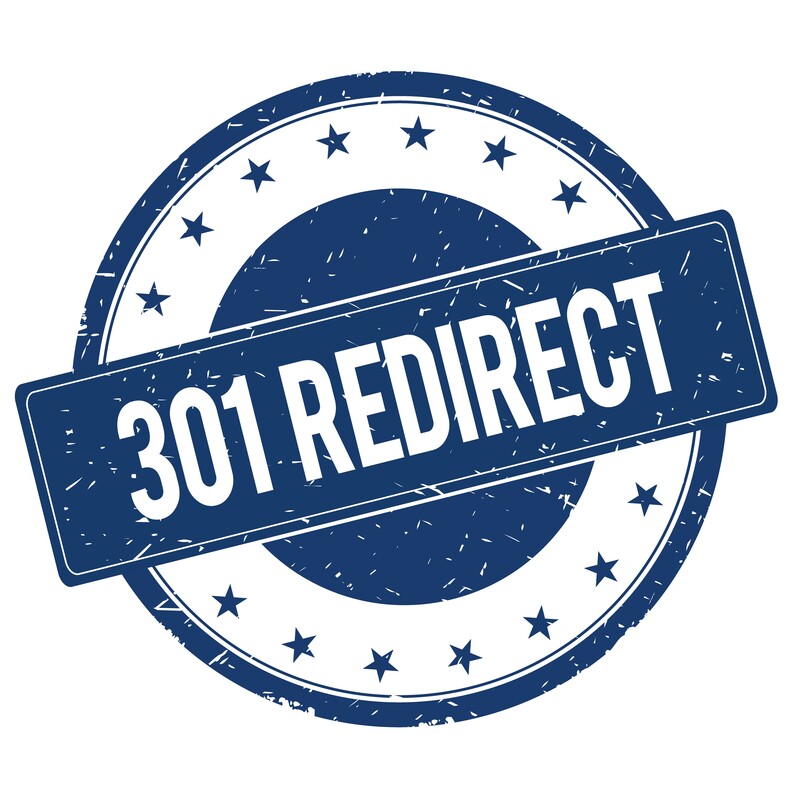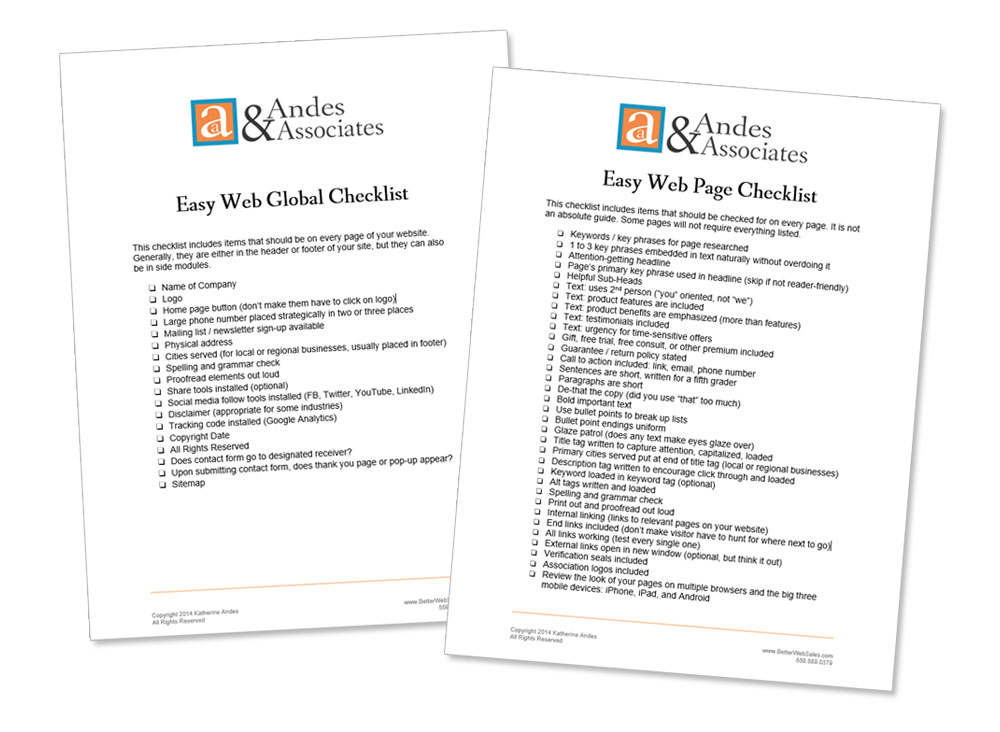Last time, I wrote on the advisability of whether or not to delete pages on your website.
If they were performing well, I advised leaving them alone.
However, sometimes you do have to delete a page.

When you do so, the page’s URL (e.g. https://websiteaddress.com) will stay on Google and other search engines for a while.
Or there may be a valuable link to that address from an online directory or other related website.
If you haven’t done a redirect, when someone clicks on that old link, they will get an error page, known in the biz as a 404.
That’s why it’s important to forward the old web address to an active page. It’s best if the page is something with similar information as the deleted page.
Otherwise, you can simply forward it to your home page.
It’s like having a forwarding address at the post office.
This is known as a 301 redirect. The technicalities of how to do this vary, so ask your webmaster. I find most website builders have a ready-made tool to accomplish this task.
Another benefit of a 301 redirect is that as you have built up some SEO credits with the old page, they will transfer to the new page helping the page’s rankings.
Easy Web Tip 328: Avoid having customers go to error pages by forwarding deleted web addresses to valid web addresses.



